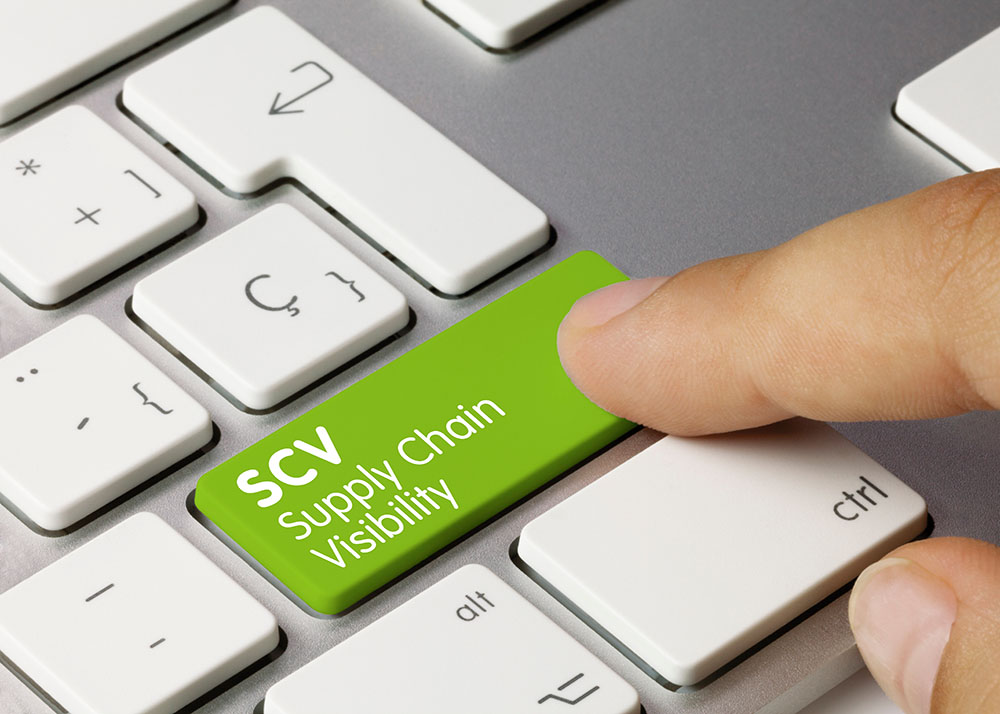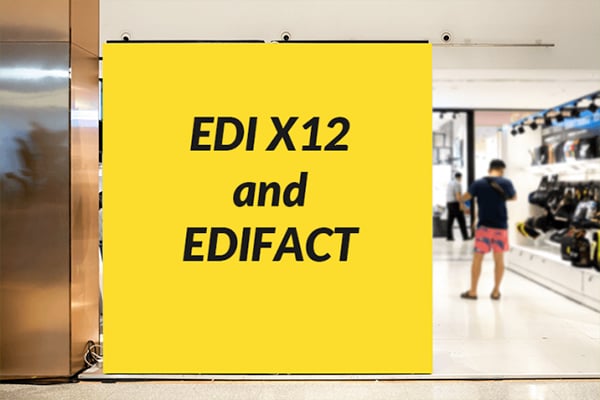eZCom Software Blog
EDI pro tips, essential guides, expert advice - eZCom Software
Initiating the EDI implementation process might feel daunting for brands, but with the right partner guiding the way, it’s not as arduous as you might think. Here’s how we go about it with our clients. We start with the GS1 Company Prefix The GS1 Company Prefix is a 6-10 digit number used as the basis for assigning UPCs to each product being sold. This prefix is used by Lingo to generate the brand’s unique GS1-128 carton label numbers. If these label numbers are repeated, the brand will receive chargebacks. This is one of many ways that eZCom protects Lingo users from chargebacks and fees. The GS1 Company Prefix is absolutely necessary when the vendor is required to send EDI ASNs…
For businesses selling to retailers via EDI, managing inventory and orders across multiple channels can be a significant challenge. While Shopify excels at keeping inventory up to date for online platforms with native integrations, it struggles to map to the thousands of retailers involved in EDI transactions. This gap can make it difficult for businesses to maintain accurate inventory levels across all channels. That’s where eZCom's Lingo comes in. Lingo provides a powerful inventory sync feature that updates all inventory levels from your EDI-connected retailers, as well as other platforms, directly into Shopify. By leveraging Lingo, you can transform Shopify into a mini ERP, ensuring seamless synchronization of inventory, orders, and shipments, and keeping your operations running smoothly. What is…
Electronic Data Interchange, or EDI, is largely universal across industries. That said, a number of industries have their own nuances and requirements when it comes to EDI. The grocery industry has a handful of industry-specific EDI documents and document sets. Here’s a quick overview. Grocery Industry-Specific EDI Documents Grocery Products Purchase Order (EDI 875) Grocery retailers may use the EDI 875 to place orders with suppliers. It includes details about the products being ordered, such as item numbers and quantities. Grocery Products Invoice (EDI 880) If the 875 order is used, suppliers will use the EDI 880 to request payment for products shipped. It includes details such as item numbers, quantities, and prices of the products delivered. Ship Notice/Manifest (EDI…
As a streamlined method of business communication between supplier and retailer, electronic data interchange, or EDI, long ago replaced traditional paper-based systems, leading to faster transactions, reduced errors, and improved business efficiency. At eZCom Software, we understand the importance of efficient EDI solutions and offer a comprehensive suite of tools to help businesses navigate this essential technology. What is EDI and Why is it Important? EDI is the computer-to-computer exchange of business documents in a standard electronic format between business partners. Unlike email, fax, or postal mail, EDI is an automated secure process that ensures data is transferred accurately and efficiently. Benefits of EDI The benefits of EDI are clear and include: Speed and Efficiency. EDI significantly reduces the time…
For houseware brands, electronic data interchange (EDI) is the lifeblood that facilitates seamless transactions with trading partners, enhancing supply chain visibility and ensuring accurate order processing. Going with the wrong EDI provider can result in disaster. Chargebacks. Ugly retailer scorecards. And eventually, severed relationships. Here’s what houseware brands should look for in an EDI provider that will not only help them nail communication with trading partners, but also scale their business. Industry Experience and Expertise Houseware brands should look for an EDI provider that has experience working with… you guessed it, houseware brands! An EDI provider that understands the specific needs and nuances of houseware brands can deliver more tailored solutions and faster implementation. More often than not, houseware brands…
Electronic Data Interchange (EDI) is the cornerstone of seamless exchange of business data between brands and their trading partners, facilitating faster, more accurate, and efficient communications. But the complexity of EDI can sometimes lead to errors that disrupt these processes. Here are the most common EDI errors and how to avoid them…
Supply chain demand planning is the crystal ball of the business world. Imagine if every time you went grocery shopping, you knew exactly how much milk, bread, and eggs you'd need for the week ahead. That's what demand planning does for companies, but on a much larger scale. At its core, demand planning is all about predicting what customers will want and when they'll want it. Sounds like a guessing game, right? Yes… But not really…
In today's dynamic business landscape, supply chain visibility is no longer just a buzzword; it's a necessity. With consumers demanding transparency and agility, brands must prioritize improving their supply chain visibility to stay competitive and resilient. Fortunately, there are several straightforward strategies that brands can adopt to enhance that visibility. Let’s dig in…
When a brand is considering an EDI provider (or any technology service provider, for that matter), they need to have data security at the top of their checklist. Specific to EDI, brands are trusting their provider with critical business information ranging from items and prices to customer details and should consider the following criteria……
X12 vs. EDIFACT In the world of EDI, there are two standards that facilitate the exchange of information between suppliers and trading partners: X12 and EDIFACT. Ultimately, these standards define EDI documents. The main difference is actually pretty simple: X12 is the preferred EDI standard in North America while EDIFACT is used throughout Europe and Asia. As your business expands globally, you’ll eventually hear about EDIFACT. And if you are already familiar with EDI for your company, your first question will probably be: how is EDIFACT different from X12, the EDI format used throughout North America?…


.webp)







